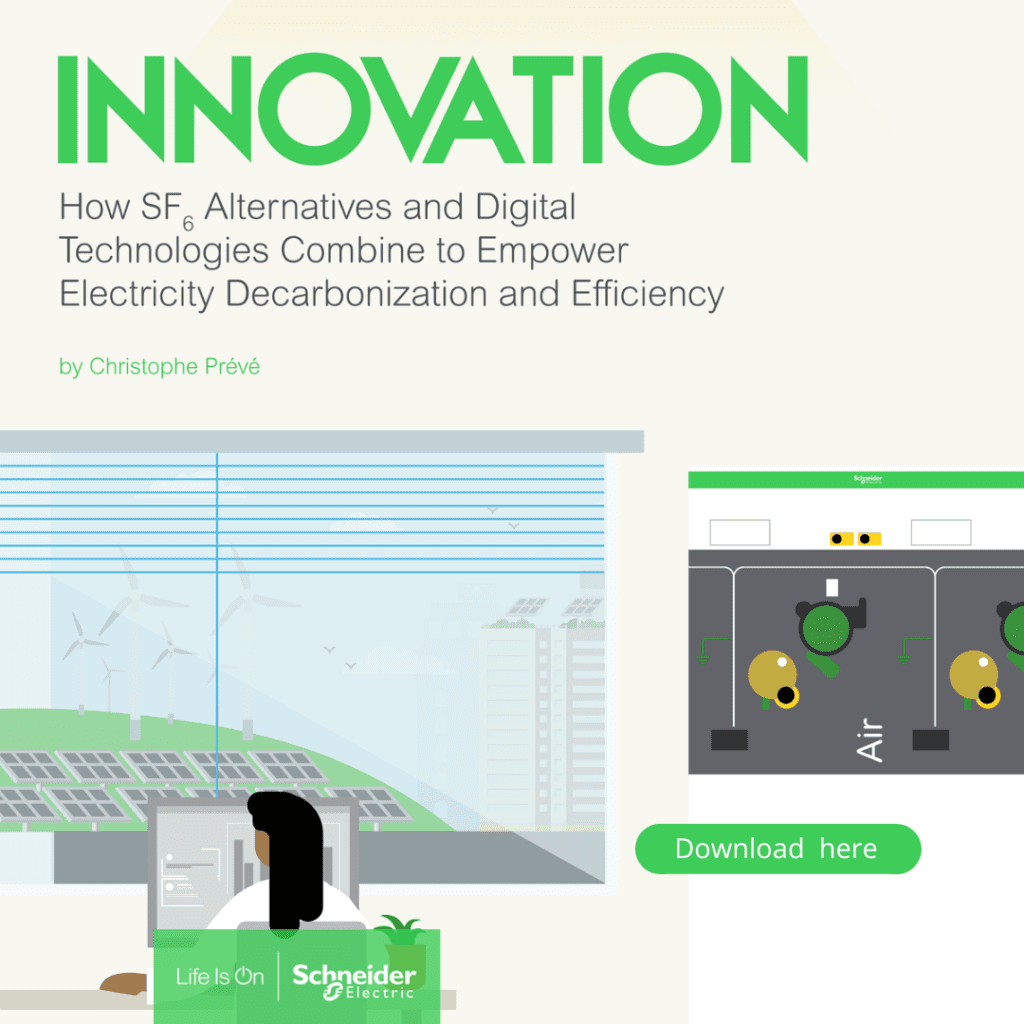The EU institutions have reached a compromise on the new policy proposal covering fluorinated greenhouse gases like SF6. What does it mean?
The new regulation dictates a detailed timeline and conditions to move the electricity industry away from the use of fluorinated greenhouse gases like sulfur hexafluoride (SF6). This latest compromise acknowledges the crucial role of eliminating F-gases as a fundamental and time-sensitive step towards achieving truly green electricity.
What are F-gases and why are they harmful to the environment?
F-gases are man-made greenhouse gases (GHG) that have a large carbon footprint, which contributes to global warming. They find extensive application in various industrial sectors, including refrigeration, air conditioning, medical devices, and electrical equipment.
Why is SF6 considered the most potent greenhouse gas?
SF6 is the most potent F-gas, in fact the most potent GHG of all, and has a global warming potential (GWP) that is 24,300 times higher than CO2. Among the F-gases, sulfur hexafluoride (SF6) stands out as the most potent GHG, with a global warming potential (GWP) 24,300 times higher than CO2. SF6 has long been utilized in medium voltage (MV) switchgear, a commonly used electrical equipment with a lifespan of up to 30 years. Its popularity in switchgear stems from its non-toxic nature, stability, and ability to provide reliable, high-performance, and cost-effective electrical insulation and interruption.
However, the significant environmental drawbacks associated with SF6 can no longer be overlooked, and the European Union (EU) is now acting to tackle the issue.
F-gases like SF6 are already regulated in Europe so why change it?
Certain existing regulations in Europe and other parts of the world already address the monitoring, reporting, and recovery of F-gases. The EU has adopted two legislative acts to reduce f-gases: the F-Gas Regulation, which is an EU-wide hydrofluorocarbon (HFC) phase-down aimed at reducing F-gas emissions and mitigating global warming, and the passenger car-specific MAC Directive.
SF6 in particular has already been banned in the EU under the F-Gas Regulation, except in the industries where there were few suitable alternatives available, especially the electricity industry.
What’s changed that makes it possible to move beyond SF6 in electrical equipment?
Because now we can. There is no longer a technological barrier to eliminating SF6 in MV electrical installations. There is also no need to use any other fluorinated gases to replace SF6, since they could have unknown risks or be subject to other legislation down the road.
I’m proud that at Schneider Electric, we’ve moved beyond F-gases. We’ve innovated beyond SF6 with replacement technology that is already available and proven. Rather than using SF6 or an alternative F-gas, we’re using pure air and vacuum technology for insulating and breaking. SF6-free MV switchgear is a superior choice not only for the environment, but also for operational safety, which is always our first priority, where we are never willing to compromise. After that, we also see big improvements in ease-of-maintenance, end-of-life treatment, functionality and performance, not to mention future policy compliance.
My company has spent a decade testing it and perfecting this new SF6-free equipment before rolling it out to customers, such as E.ON, EEC Engie, Green Alp, Renault Group and others.
How will the EU’s policy affect those who use MV switchgear?
As I see it, the EU’s policy proposal will bring big benefits to stakeholders with minimal inconvenience. That’s because SF6-free MV switchgear like ours, which uses pure air instead of SF6, has the same positive characteristics of traditional switchgear, such as high performance and a compact physical footprint. Also important for users is its lower total cost of ownership thanks to a much longer equipment life and avoidance of costly gas recycling treatment when switchgear is decommissioned.
Let’s take a look at some specific sectors that will be affected:
- Buildings: Buildings – both commercial and industrial – are subject to strict sustainability standards. Using SF6-free switchgear is an opportunity to meet these goals and to work toward accolades such as achieving LEED certification. In addition, buildings are already moving from LV to MV to support fast electric vehicle charging, so they could go SF6 free from the start.
- eMobility: By choosing an electric vehicle, drivers are already making a green transportation choice. SF6-free MV switchgear supports an even more sustainable EV charging experience at the charging point. Using green switchgear also future proofs EV charging stations for potential sustainability standard requirements.
- Grids: We’re decarbonizing the full electricity value chain, not just the generation, by moving to a network that’s also decarbonized. When you’re integrating DERs, it only makes sense to also use green switchgear, especially with the technology specifically designed for grids of the future, which contain many more renewables and more frequent switching operations.
- Data centers: Data centers are one of the most energy-intensive types of buildings. New technology innovations, such as SF6-free switchgear, can help data centers reduce their GHG footprint.
Where can we learn more?
Download the eBook: How SF6 Alternatives and Digital Technologies Combine to Empower Electricity Decarbonization and Efficiency




